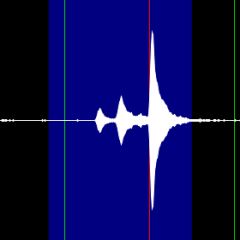Chinese Timegraphers
-
Similar Content
-
Recently Browsing
- No registered users viewing this page.
-
Topics
-
Posts
-
By Blackminou29 · Posted
Hello everyone, I have a little problem with my watch which has a Miyota 6m17 gmt movement. I wanted to know, apart from dismantling it and replacing it, if there is a mechanical movement of the same size that would be compatible (same diameter of the movement and hands)? thank you in advance for your help. -
By StephPrime · Posted
Hello all I am trying to get some links taken out of my watch and the teeny screws just spin, any ideas on how to get them out? Any help or advice appreciated. Many thanks Steph Prime -
Welcome to the forum, enjoy. I have a varimatic that went out of sequence because it’s hydronic oil ran very low. Must admit it’s still in my garage just know time to fix it. Purchased a cheap Indian Junta/ sonic Pearl as a stop gap a few years ago and it still performs perfectly so no incentive to fix the Varimatic.
-
The plate is OK, thanks. It seems the answer to my question is that this is a 'hack' & for me another reminder that in general, one won't be the first person to be tinkering with an old timepiece!. As you day, I've been fortunate to have gotten some good advice and, just as important, encouragement. I've been lucky then not to have the balance spring break as a result of my novice 'ministrations' - but I did remember to 'stroke' rather than bend per se. The clock is of sentimental value to the owner so I'm relieved to have now got it running to time with the support & encourage of forum members like yourself.
-










Recommended Posts
Join the conversation
You can post now and register later. If you have an account, sign in now to post with your account.
Note: Your post will require moderator approval before it will be visible.